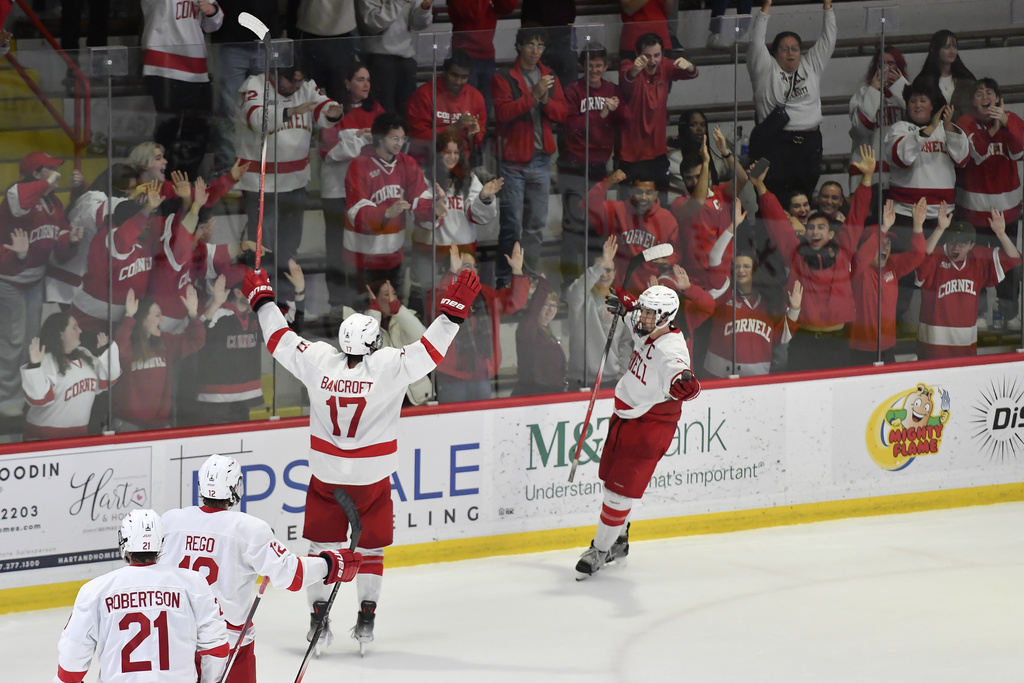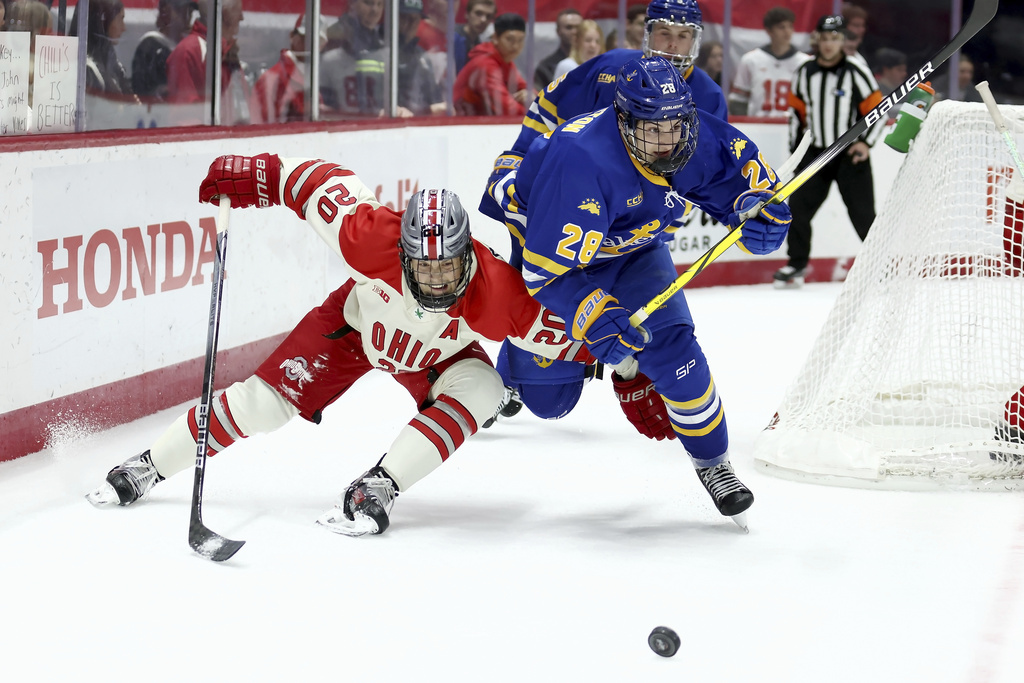Major NCAA Rule Change Benefits CHL Hockey Players \ Newslooks \ Washington DC \ Mary Sidiqi \ Evening Edition \ The NCAA Division I Council has approved a groundbreaking rule allowing Canadian Hockey League (CHL) players to participate in U.S. college hockey starting next season. This decision, effective August 1, lifts a longstanding ban that deemed CHL players professional due to stipends they received. The move could reshape developmental paths for NHL prospects and influence decisions of young hockey talent.

NCAA Lifts CHL Player Ban for College Hockey Quick Looks:
- Rule Change: NCAA will allow CHL players to retain college eligibility starting August 1.
- Old Ban Removed: CHL players were previously barred due to receiving stipends considered professional.
- Eligibility Conditions: Players can compete if paid only for actual and necessary expenses.
- Impact on Players: Offers more flexibility for players approaching their 16th birthdays to choose between CHL and NCAA paths.
- Potential Shifts: Could lead to more Canadian talent in U.S. college hockey and affect CHL’s 18+ player pool.
- Legal Context: Change comes after a class-action lawsuit filed on behalf of Riley Masterson, who lost eligibility for playing in CHL exhibition games.
- First CHL Commit: Braxton Whitehead, committed to Arizona State, could be the first to play under this new rule.
- USHL Response: Emphasizes its alignment with student-athlete development despite NCAA’s new rule.
Deep Look:
The council’s move is set to redefine the hockey landscape, potentially reshaping how young talent approaching their 16th birthdays makes decisions about their playing careers. Previously, players were often forced to choose between committing to major junior hockey in the CHL or preserving their eligibility to play in the NCAA. Now, players who have participated in major junior leagues or on professional teams can retain college eligibility as long as they do not receive payments beyond what covers actual and necessary expenses.
This rule change could have significant consequences for the CHL, which may face challenges retaining top players aged 18 and older, as these athletes might now choose to play college hockey in the U.S. The change could also lead to an influx of Canadian players into NCAA rosters, diversifying the talent pool and altering team dynamics.
In addition to the lawsuit, the landscape of college hockey began shifting when Braxton Whitehead, a 20-year-old CHL player, verbally committed to Arizona State University. Whitehead, currently playing for the WHL’s Regina Pats, plans to join the Sun Devils in the 2025-26 season. His decision marked the beginning of a new era where CHL athletes might transition to the NCAA without forfeiting their eligibility.
The stipends given to CHL players, which do not count as income for tax purposes, contrasted with the NCAA’s scholarships and recent name, image, and likeness (NIL) rights for college athletes. This disparity had previously discouraged CHL participation for those hoping to maintain NCAA eligibility. The new rule, aligning hockey eligibility with that of other NCAA sports like skiing, now permits athletes to explore more diverse career options without compromising their college prospects.
Two recent NHL No. 1 draft picks, San Jose Sharks forward Macklin Celebrini and Buffalo Sabres defenseman Owen Power, both came through the USHL, showcasing the league’s proven track record of developing top talent. The USHL’s response underscores the league’s belief that it can still attract players seeking a blend of competitive hockey and academic preparation, even as the NCAA broadens its scope.
As the hockey world adjusts to this new rule, stakeholders will be watching closely to see how players, coaches, and leagues navigate the evolving landscape. The move marks a significant departure from the past and sets a precedent for reconsidering policies that impact player development pathways.







